A new entrant has emerged on the market for robotic milking equipment in NI, with German-headquartered GEA adding its’ Monobox to the options currently available to local farmers.
Two GEA robots were installed by Co Tyrone farmer Hall Donnell earlier this year. Since then others have followed suit, with six units now operating in NI and 13 in the Republic of Ireland. Hall, however, is the first and only farmer in NI to retain a grazing system to operate alongside the GEA machine.
With a herd of 110, Hall calves from the middle of September until April, with 87 cows currently in lactation.
“The changeover has been very good, it has gone surprisingly well,” Hall told the Irish Farmers Journal at an open day on the farm last week.
“It’s something that I was looking at for a while. If I’m being honest, I was looking at the labour on the farm, the work-life balance and how I could drive efficiencies.
“I was going to take it in a stepping-stone process, perhaps put in the tanks first and then build up to the robotic milkers, but we decided to press ahead with the full system,” he explained.
After the initial bedding-in of the system and the training-in of the cows, Hall said it now operates seamlessly.
“There certainly was a bit of pressure in the first couple of weeks getting used to it all, but it has been a great help for us. I don’t have to set the alarm in the morning anymore. The system works away no bother,” he said.
The grazing system on the farm operates on a A, B, C platform system.
Between 2am and 10am, the cows can freely graze on platform A and come in for milking. After 10am and until 6pm the cows graze platform B and can come in for a second milking. Between 6pm and 2am the cows are housed and fed silage.
“The only changes we had to make to our grazing system was introducing a second laneway into the separation box. We had the other laneways already in place. The cows took to it easier than I did,” Hall remarked.
“We have a good bit of rented ground on the other side of the road so we’ve been making a lot of good-quality silage for the nighttime feeding. We’re operating well on the 19ha of grazing ground split into the A and B platforms, with the silage then making up the rest,” he said.
Hall, who sells his milk to LacPatrick Dairies, says the cows are averaging 9,600l at 4.18% butterfat and 3.19% protein from an average of 2.9 milkings per cow per day. The cows are being fed an average of 5.5kg of meal per day in the Monobox.
“The ambition is to do one million litres from 100 cows. We’re not too far from that as it is, but that is the next big aim for us.”
Before the robotics were installed, Hall said the SCC in the parlour was running at 150,000, with that figure now at 90,000.
“We’re targeting the cows now because we can tell the cell count per quarter and we can separate that quarter out and treat it.”
Robot performance
Each GEA Monobox can comfortably handle 60 cows doing three milkings per day, or 70 cows at a push. GEA says that the most efficient use of the Monobox is where a cow is being milked three times per day, doing 10 to 12 litres per milking.
The Monobox also caters for different-sized cows, with the farmer being able to adjust the feeding position in the machine. The next time that cow enters the milking robot, it will remember the feeding position from the last time the cow was milked.
Environmentally efficient
Hall has no electricity bills on the farm, with previously installed 24kw solar panels powering the robots, the scrapers, lights, etc. He also recycles and reuses water on the farm from the plate, for cleaning and washing down.
Read more
Feeders of the future: robotic innovations
New Lely robot processes fresh milk on-farm
A new entrant has emerged on the market for robotic milking equipment in NI, with German-headquartered GEA adding its’ Monobox to the options currently available to local farmers.
Two GEA robots were installed by Co Tyrone farmer Hall Donnell earlier this year. Since then others have followed suit, with six units now operating in NI and 13 in the Republic of Ireland. Hall, however, is the first and only farmer in NI to retain a grazing system to operate alongside the GEA machine.
With a herd of 110, Hall calves from the middle of September until April, with 87 cows currently in lactation.
“The changeover has been very good, it has gone surprisingly well,” Hall told the Irish Farmers Journal at an open day on the farm last week.
“It’s something that I was looking at for a while. If I’m being honest, I was looking at the labour on the farm, the work-life balance and how I could drive efficiencies.
“I was going to take it in a stepping-stone process, perhaps put in the tanks first and then build up to the robotic milkers, but we decided to press ahead with the full system,” he explained.
After the initial bedding-in of the system and the training-in of the cows, Hall said it now operates seamlessly.
“There certainly was a bit of pressure in the first couple of weeks getting used to it all, but it has been a great help for us. I don’t have to set the alarm in the morning anymore. The system works away no bother,” he said.
The grazing system on the farm operates on a A, B, C platform system.
Between 2am and 10am, the cows can freely graze on platform A and come in for milking. After 10am and until 6pm the cows graze platform B and can come in for a second milking. Between 6pm and 2am the cows are housed and fed silage.
“The only changes we had to make to our grazing system was introducing a second laneway into the separation box. We had the other laneways already in place. The cows took to it easier than I did,” Hall remarked.
“We have a good bit of rented ground on the other side of the road so we’ve been making a lot of good-quality silage for the nighttime feeding. We’re operating well on the 19ha of grazing ground split into the A and B platforms, with the silage then making up the rest,” he said.
Hall, who sells his milk to LacPatrick Dairies, says the cows are averaging 9,600l at 4.18% butterfat and 3.19% protein from an average of 2.9 milkings per cow per day. The cows are being fed an average of 5.5kg of meal per day in the Monobox.
“The ambition is to do one million litres from 100 cows. We’re not too far from that as it is, but that is the next big aim for us.”
Before the robotics were installed, Hall said the SCC in the parlour was running at 150,000, with that figure now at 90,000.
“We’re targeting the cows now because we can tell the cell count per quarter and we can separate that quarter out and treat it.”
Robot performance
Each GEA Monobox can comfortably handle 60 cows doing three milkings per day, or 70 cows at a push. GEA says that the most efficient use of the Monobox is where a cow is being milked three times per day, doing 10 to 12 litres per milking.
The Monobox also caters for different-sized cows, with the farmer being able to adjust the feeding position in the machine. The next time that cow enters the milking robot, it will remember the feeding position from the last time the cow was milked.
Environmentally efficient
Hall has no electricity bills on the farm, with previously installed 24kw solar panels powering the robots, the scrapers, lights, etc. He also recycles and reuses water on the farm from the plate, for cleaning and washing down.
Read more
Feeders of the future: robotic innovations
New Lely robot processes fresh milk on-farm




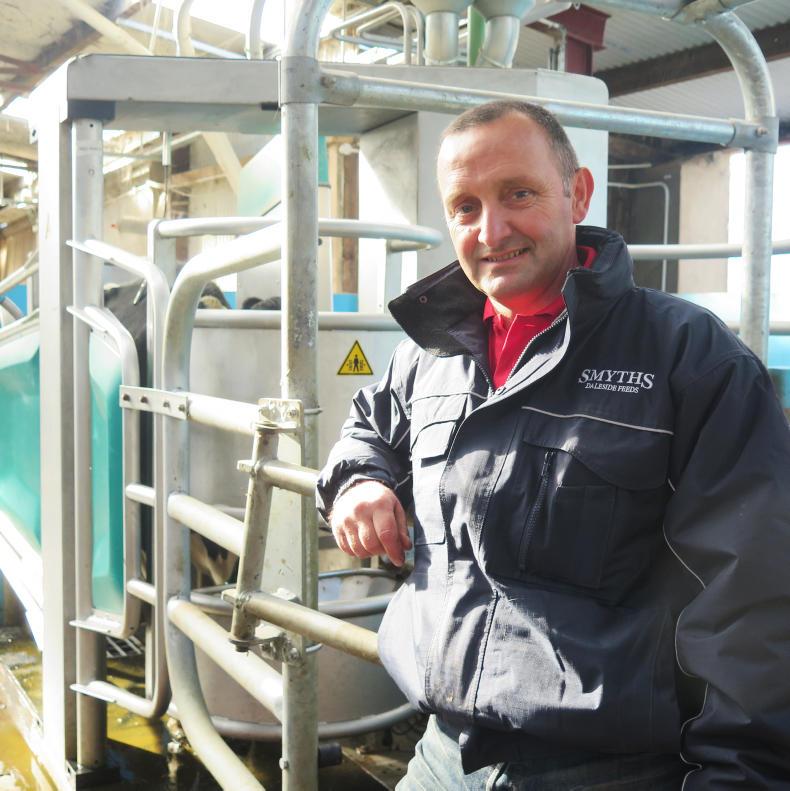
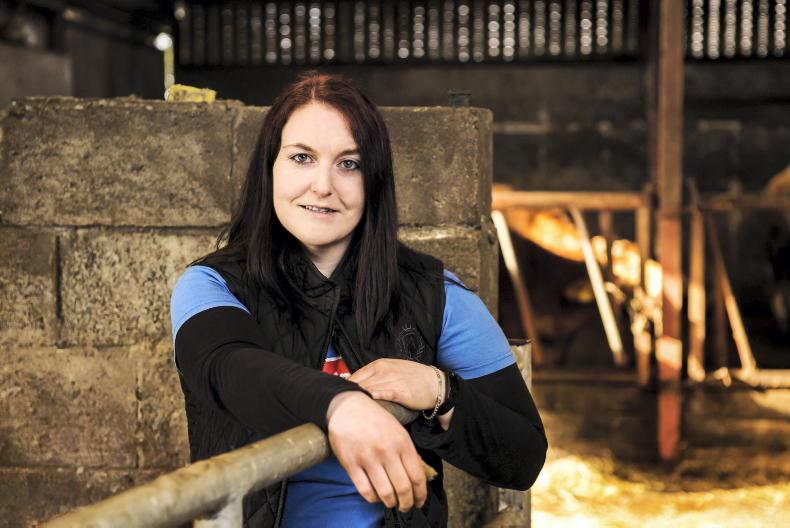

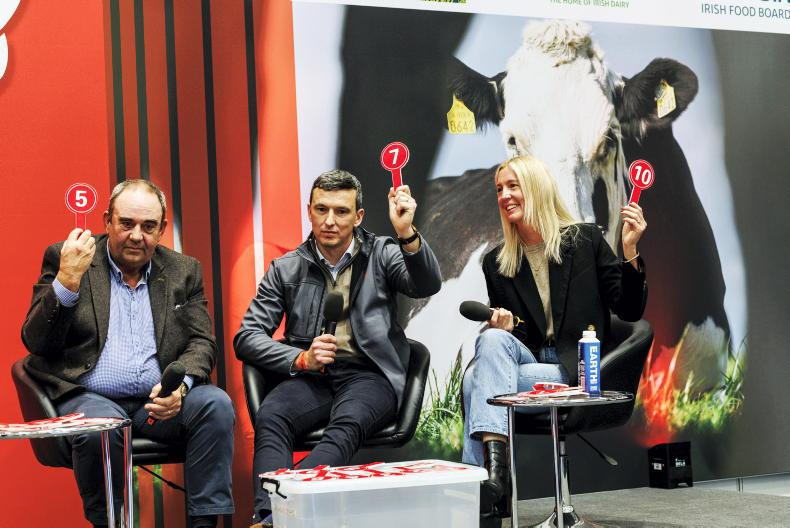
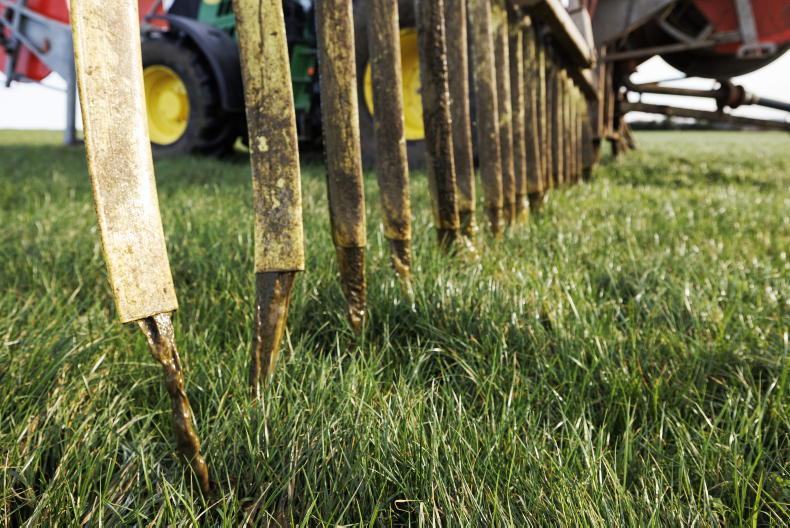
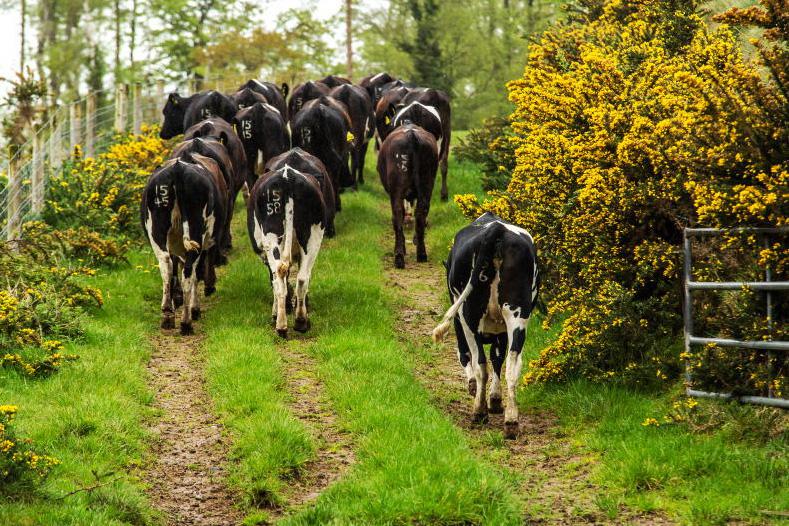
SHARING OPTIONS